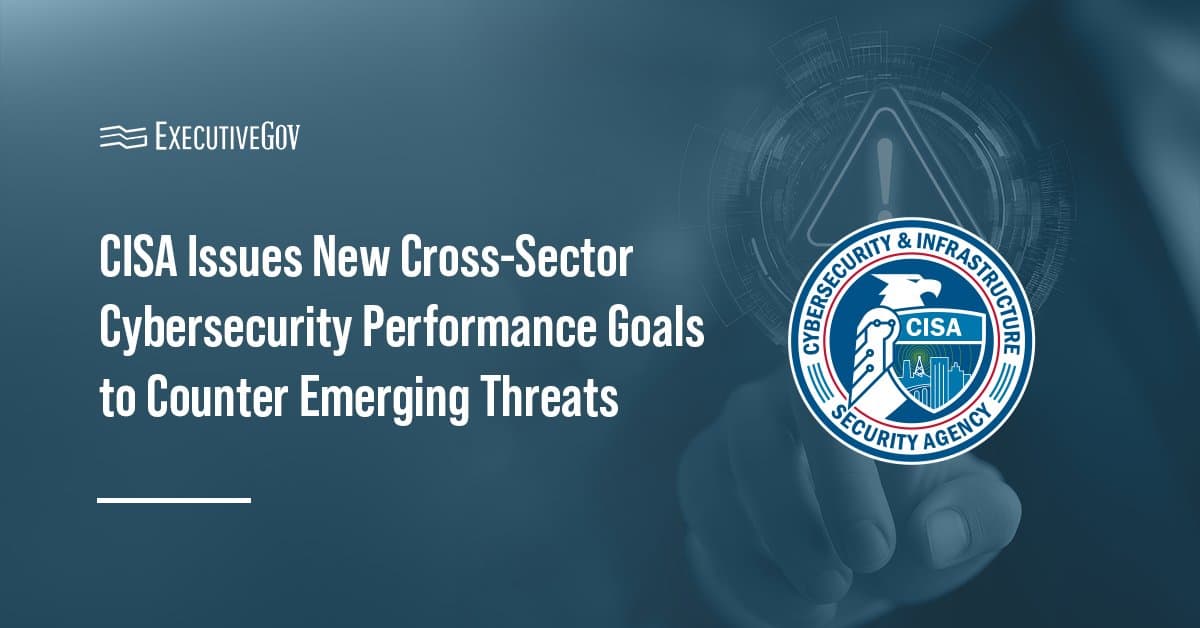
Brig. Gen. Jennifer Buckner, formerly deputy commander of Joint Task Force-ARES under the U.S. Cyber Command, has been assigned to serve as director of cyber within the U.S. Army‘s G-3/5/7 office in Washington, D.C.
Gen. Mark Milley, chief of staff at the Army, announced Buckner’s new assignment in a press release published Friday on the Defense Department website.
She previously held positions within the 501st Military Intelligence Brigade, the U.S. Army South and the 303rd Military Intelligence Battalion, as well as served as cyber fellow and operations officer at the National Security Agency.
Buckner received training in the areas of military intelligence, electronic warfare and signals intelligence.
The career intelligence officer completed the cybersecurity executive education program at Harvard Business School.





